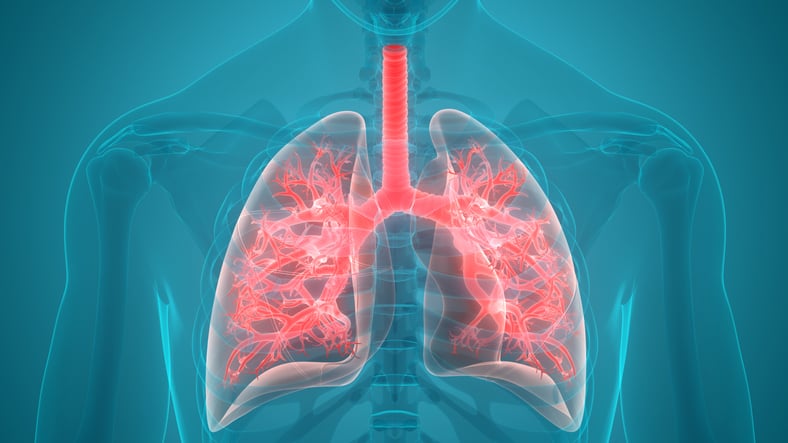The purpose of this study is to evaluate the potential advantages of thoracoscopic versus open resection for symptomatic congenital pulmonary airway malformation (CPAM) in neonates.
A retrospective review of the medical records of neonates (age ≤ 28 days) who underwent surgery for symptomatic CPAM from 2010 to 2020.
Of the 24 patients, 14 patients underwent thoracoscopic resection and 10 patients underwent open resection. 4 patients with CPAM located in the upper or middle lobes underwent lobectomy, and 20 underwent lung-preserving wedge resection in the lower lobe. Between the two groups, there were no statistically significant differences in related preoperative variables, including gestational age at birth, body weight, head circumference, lesion size, cystic adenomatoid malformation volume ratio (CVR), and age at operation (P > .05). The differences in intraoperative variables were statistically significant. The length of the surgical incision was significantly shorter in thoracoscopic resection group than in open resection group (1.4 cm [1.3-1.8] vs. 6.0 cm [5.0-8.0], P = .000), along with significantly less operative blood loss (3 ml [1-6] vs. 5 ml [2-10], P = .030) but significantly longer operation time (159 min [100-220] vs. 110 min [70-170], P = .003). Regarding postoperative variables, ventilator days, duration of chest tube use and length of hospital stay were not statistically significant (P > .05).
Both thoracoscopic and open resection for symptomatic CPAM achieve good clinical outcomes, even in neonates. Thoracoscopic resection has minimal aesthetic effects and does not increase the risk of surgical or postoperative complications. Lung-preserving resection may be feasible for neonatal CPAM surgery.
Thoracoscopic versus open resection for symptomatic congenital pulmonary airway malformations in neonates: a decade-long retrospective study.


